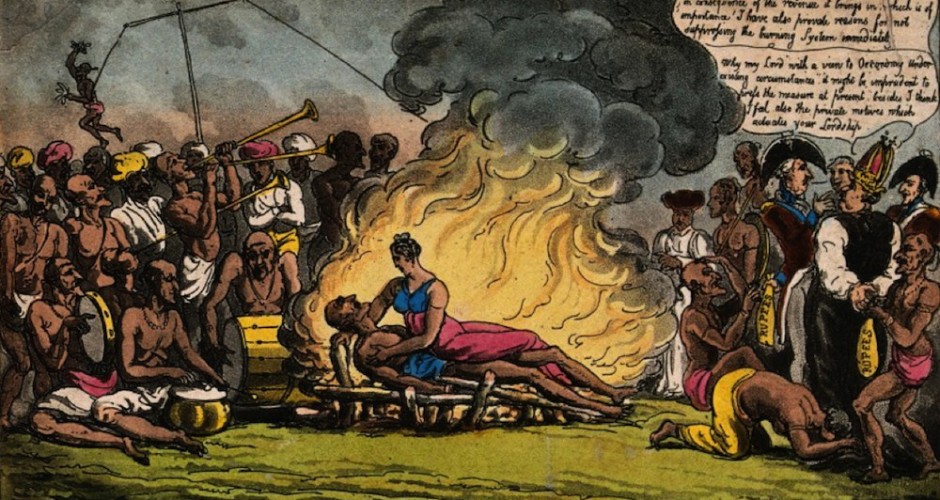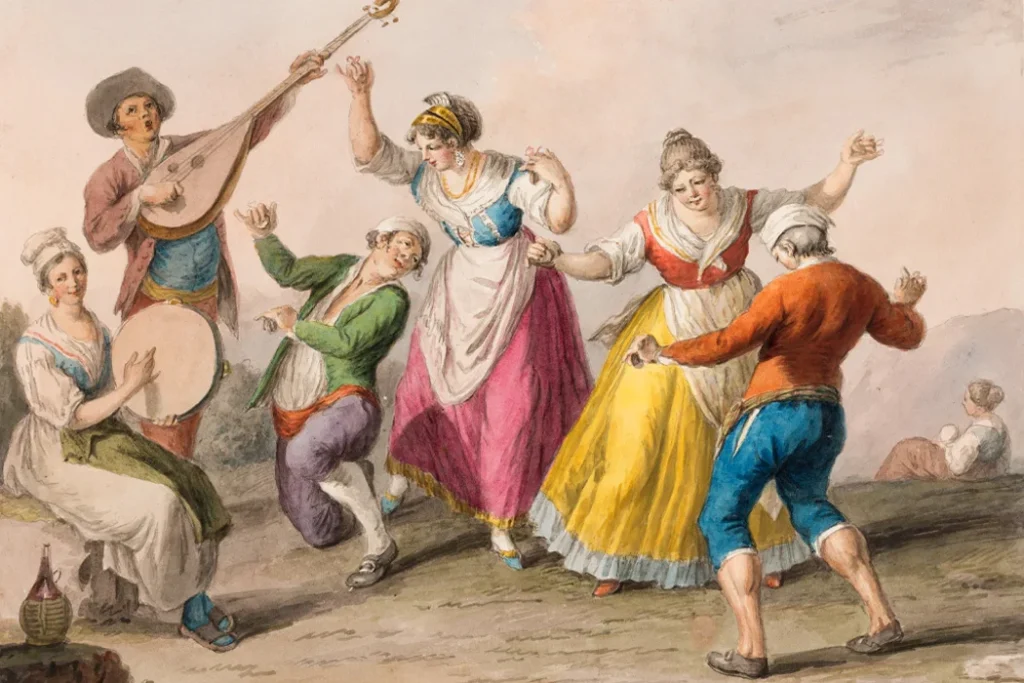Over the course of history, cultures all over the world have developed a vast array of customs and traditions, some of which may strike modern sensibilities as peculiar or unusual. The particular values, beliefs, and circumstances of their time are frequently reflected in these customs. The ways in which people lived, what they valued, and how they understood the world are better understood when these ancient practices are studied. The ten oddest historical practices from around the world are listed below.
1. Foot Binding in Ancient China

Foot binding was a common practice in ancient China that started during the Tang Dynasty and spread to other parts of the country by the Song Dynasty. The shape and size of the feet of young girls were tightly bound with cloth, frequently causing severe pain and permanent disability. The societal emphasis on feminine delicacy and status was reflected in the belief that the practice would improve a woman’s beauty and marriage prospects. The training went on for a really long time prior to being banned in the mid twentieth 100 years.
2. Animal Mummification

Ancient Egypt Pet mummification was practiced alongside human mummification in ancient Egypt. Animals of all kinds, including monkeys, dogs, birds, and cats, were mummified and buried with their owners or in separate animal cemeteries. The belief in the afterlife and the significance of animals in daily life were reflected in this practice. Amulets and other items were frequently carried by the mummified pets to guarantee their safety in the afterlife.
3. The Dancing Plague of 1518 In July 1518,

Residents of Strasbourg, which at the time belonged to the Holy Roman Empire, experienced a baffling outbreak of uncontrollable dancing. People started dancing obsessively during what became known as the Dancing Plague and continued to do so until they became exhausted or even died. Modern theories suggest that ergot poisoning from contaminated bread or psychological stress could have been the cause, but the exact reasons are still unknown.
4. The Use of Human Skulls

Drinking Vessels Human skulls were used as drinking vessels or ceremonial cups in several ancient cultures, including the Mayans and Celts. Rituals, religious ceremonies, or displays of bravery and power were frequently associated with these practices. Skulls, for instance, were used in sacrificial ceremonies by the Mayans and the Celts, respectively. The spiritual and symbolic significance of human remains in these cultures was reflected in these practices.
5. Sati, or “suttee,”

Was a historical Hindu practice in which a widow was expected to self-immolate on the funeral pyre of her husband, or even forced to do so. The widow’s devotion and loyalty were the goals of this practice. During British colonial rule in the 19th century, Sati was declared illegal, but the practice continued for years in some areas. The uniquely was profoundly disputable and prompted critical change endeavors.
6. The Aztec Practice of Human Penance

The Aztecs rehearsed custom human penance as a component of their strict functions to conciliate their divine beings and guarantee grandiose request. In elaborate rituals involving the removal of the heart, victims, typically slaves or prisoners of war, were sacrificed. The Aztecs’ intricate cosmology and the centrality of ritual in their society are made clear by the scale and religious significance of the sacrifices.
7. Tarantism: The Dance of the Tarantula

Tarantism was a verifiable confidence in Southern Europe, especially in Italy, that a nibble from a tarantula bug caused a condition known as “tarantism,” portrayed by wild moving and spasms. It was believed that dancing ferociously to exhaustion would cure the condition. This custom, which endured into the seventeenth 100 years, was essential for a bigger practice of involving dance as a type of clinical treatment.
8. Corpse Medicine in Medieval Europe

During the Middle Ages, a bizarre practice that became known as “corpse medicine” emerged in Europe. Individuals trusted that consuming pieces of expired bodies, like bones, blood, or tissue, could fix different sicknesses and infections. Until the rise of modern medical science ended its use, this practice was based on the belief that the human body had healing properties.
9. The Blood Eagle,

A reputed Viking method of execution that is described in Norse sagas, was a Viking tradition. The victim’s lungs were reportedly pulled out through the incisions to resemble wings, and their ribs were reportedly separated from the spine. It was said that this atrocious practice was a form of ritual punishment or a way to get revenge. The Blood Eagle’s historical accuracy, on the other hand, is still up for debate; some scholars believe that it was a literary invention rather than a real practice.
10. The Japanese Practice of “Seppuku” (Hara-Kiri)

Seppuku, otherwise called hara-kiri, was a customary Japanese act of custom self destruction by gutting. Samurai who wished to restore honor after failure or embarrassment performed it. The demonstration included diving a short sword into the mid-region and cutting evenly to take one’s life. Seppuku was viewed as a respectable method for confronting passing with honor and nobility and was polished until the late nineteenth century when it was officially banned.
Conclusion
The values, beliefs, and social structures of an era are frequently reflected in historical customs. While a portion of these practices might appear to be exceptional or in any event, stunning by the present norms, they offer important bits of knowledge into the intricacies of human culture and history. Understanding these traditions assists us with valuing the different manners by which individuals have looked to figure out their reality and explore the difficulties of their lives.



GIPHY App Key not set. Please check settings